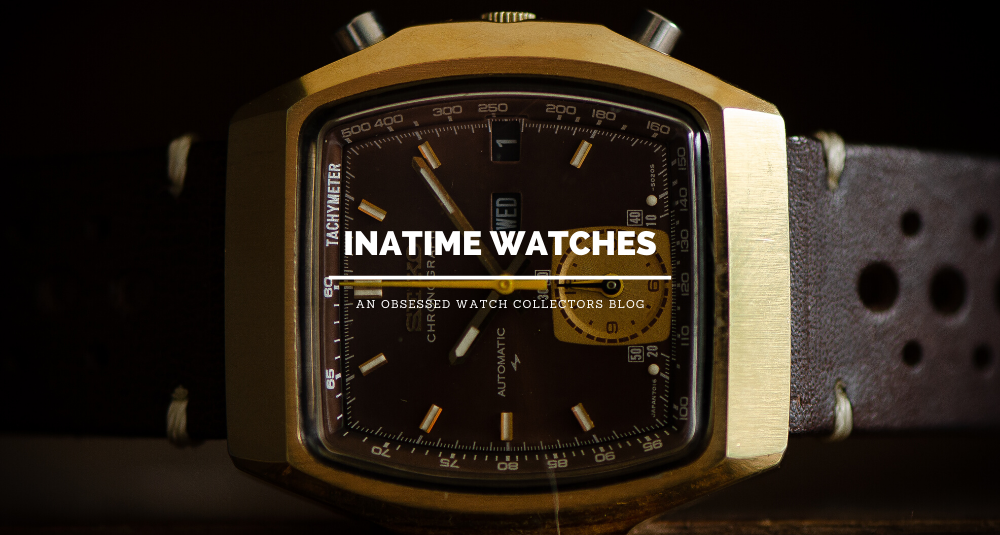I have a 1970 Bulova project watch that is large and has a screw down back. This is a new vintage for me to work on as my collection is typically pre-1970s. Found it at a local antique store and decided I liked it; out came the wallet. This type of watch requires a special wrench to remove the back along with a larger movement holder/vise in order to cradle the watch and be able to put torque into the wrench in order to unscrew the case back.
 |
| My 1970 Bulova Project Watch |
 |
| 1970 Bulova Project Watch Movement |
Until recently all of the watch holder movements I've had (all 2 of them) have been for small movements typical of pre-1950s wristwatches.
While not in the same number as watches in the world, there sure seems to be a lot of different watch movement holders. Check out just two pages of a tools catalog of mine. Holders of all shapes and sizes to hold a corresponding number of watch shapes and sizes. Bring out your wallet when you open up this catalog!
My 1970 Bulova project watch is quite large and when I first tried to disassemble it I was using a small holder and was unable to get enough torque with my case wrench to open the back. I even tried putting the small holder into a bench vice in order to stabilize it so I could add some torque to the wrench. The bench vise didn't work. As a matter of fact, the watch and holder flew out of the bench vise and landed across the room onto the shop floor - no worries, nothing damaged but my pride.
When I went online to see how you get a stubborn case back off, one of the techniques was to epoxy a bolt to the back and use a standard socket wrench. Apparently the epoxy comes off with acetone.
Well, I didn't need to use an epoxied bolt, I simply pulled out my wallet and bought a new extra large vise that you see below with the my Bulova watch in it. Enter the Big Guns.
 |
| Bergeon "Jaxa" Case Vise with my 1970 Bulova Watch |
The great thing about the new vise above, it also properly fits into a bench vise to give you extra stability to torque those most stubborn case backs - no more flying watches. That being said, if you look closely above you can see one of the orange pegs got damaged from my wrench slipping - gadzooks, damage to a brand new tool no less!
To give you some scale to the different size watch cases and corresponding holders/vises, check out the picture below of the 1970 Bulova sitting side by side with a 1950 watch movement from a Gruen project watch I'm working on as well.
The two pictures below show 3 different size and shaped holders along with a case wrench in the background. BTW, not all case backs are threaded and come apart using a wrench, many are snap back that use friction and small dimples to hold the back and the front (called the bezel) together. To open those a simple pocket knife will do (or you can do what I did and opened my wallet and bought an expensive case back opener).













